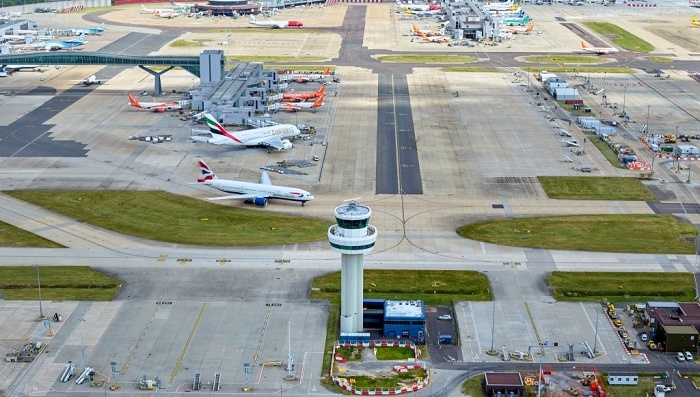
NATS prepares for busiest day of the year as summer holidays begin
NATS is preparing for what looks to be the busiest summer on record as schools across the country break up for the holidays.
On a normal day, controllers handle just over 7,000 flights a day in UK airspace, but this increases for the summer months to well over 8,000 as people jet off on their holidays.
In fact, this summer has already seen the busiest day on record, with 8,863 flights handled by controllers on July 5th.
Of the 8,800+ flights expected to depart and arrive in the UK today, more than 15 per cent will be going through Heathrow (approx. 1,395 flights), while Gatwick (approx. 930 flights) and Stansted (approx. 650 flights) will be the second and third busiest airports respectively.
Luton is expecting around 460 flights, and London City approximately 270 flights.
ADVERTISEMENT
Northern hub Manchester will handle around 670 flights, while Birmingham is predicted to manage 350 flights.
Scottish transport hubs Glasgow and Edinburgh are expected to manage 300 and 460 flights respectively.
NATS predicts the busiest time of day for handling flights today will be 06:40 to 07:40, with up to 650 aircraft in Britain’s skies during this single hour.
NATS has spent months planning for possible delays caused by strikes, staff shortages and bad weather across Europe in order to maintain safety and manage this surge in flights while minimising delay for passengers.
However, the biggest challenge as traffic continues to grow, will be the network of routes in UK airspace, which is on course to be modernised to accommodate future growth.
Juliet Kennedy, operations director, NATS, said: “Our air traffic controllers right across the UK are working harder than ever to ensure that we maintain our safety standards and get everyone away on their holidays without delay, but we need to modernise our airspace if we want to meet growing demand and reduce the impact of aviation on the environment.”

